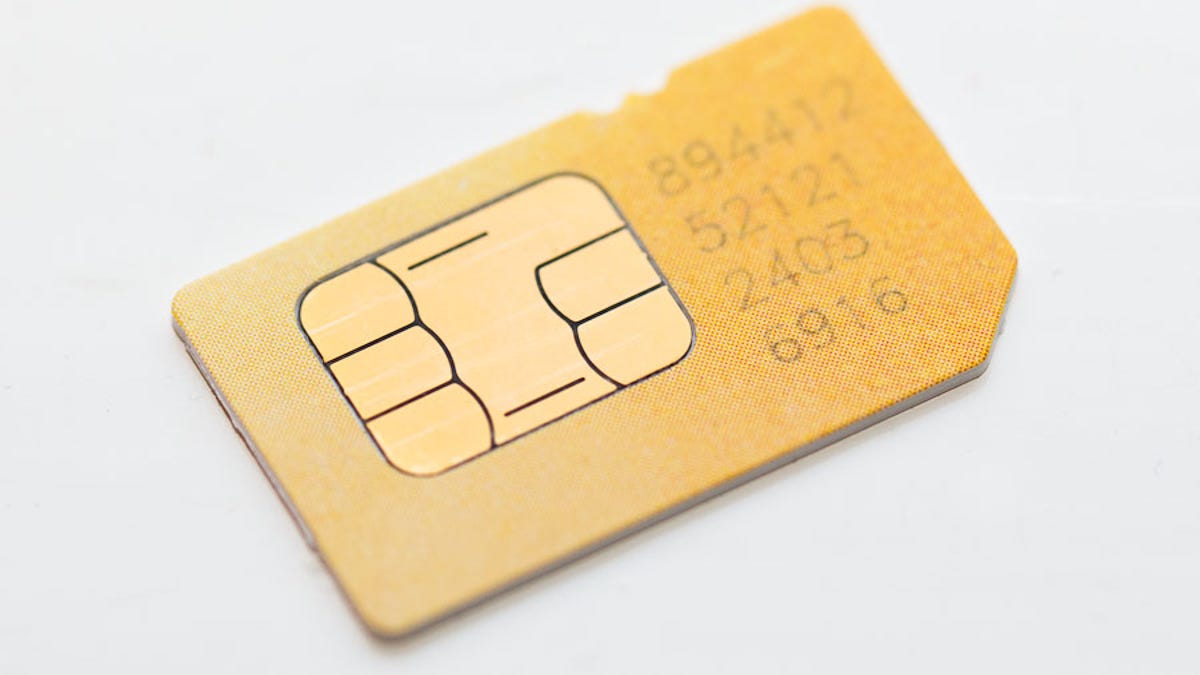SIM cards to grow beyond mobile phones
The GSMA is overseeing an effort to bring SIM cards--and thus pervasive mobile network abilities--to cameras, navigation devices, and more.

The world's largest mobile phone network operators today revealed an effort to expand the GSM wireless communications technology to navigation devices, cameras, handheld gaming systems, music players, and more starting in 2012.
The GSM Association, the consortium overseeing the widely used mobile phone network technology, said a task force of members including AT&T, Verizon, Vodafone, China Mobile, and Deutsche Telekom has begun working on adapting SIM cards so they can be embedded in many more devices than phones. SIM cards are small, removable chips that provide phones an identity on GSM wireless networks, but the embedded SIM will be more an intrinsic part of devices and will be able to be activated remotely, the GSMA said.
GSM technology began its life as a technology for phone calls, but with today's 3G and just-arriving LTE incarnations, it's used for data transfer as well. The embedded SIM effort signals a further growth of the GSM lineage beyond just voice needs.
So far, SIM cards haven't made it far beyond mobile phones, though some tablets such as the iPad and Samsung Galaxy Tab and some laptops include them. But it's easy to see why mobile phone network operators would be interested: mobile connectivity is ever more important, Wi-Fi networks are an incomplete patchwork, WiMax at least thus far hasn't lived up to its promise of bathing large areas with network access, and there's abundant subscription money to be made in connecting new devices to the Net.
"As our industry moves from connecting phones to connecting a wide range of devices, it is apparent that the embedded SIM could deliver even greater flexibility," GSMA Chief Executive Rob Conway said in a statement.
One trick will be to get new devices onto wireless networks without overtaxing the networks even more. A camera uploading 100MB worth of photos from the trip to the zoo or a media player downloading the new tunes and TV shows has the potential to bring new, heavy data demands to networks, which today are struggling to keep pace with new-generation smartphones. Still, it is possible that those new devices would use the network more sporadically, helping ultimately to bring more subscriber fees to fund carriers' network construction and upgrades.
Another issue is battery life. Power concerns have helped keep Wi-Fi out of many devices, such as cameras, since transmitting and receiving radio signals requires energy. Adding wireless network connectivity also increases the cost of the device along with whatever flat-rate or subscription plans.
Finally, there are carrier issues that could play a role, depending on how the wireless networking is implemented. Customers might not like buying a wirelessly connected camera if it's locked to a particular carrier's network, for example.
One specific use case the GSMA mentioned: electronic payments using near-field communication (NFC) technology, in which payments can be made by holding a device close to payment station that communicates wirelessly. Presumably a network connection would help considerably in processing the transaction in conjunction with a person's financial institutions. A mobile phone, not some wirelessly connected music player, would seem a more likely candidate for becoming an electronic wallet. But not everyone has a phone, and embedded SIMs could make it easier to make an e-wallet out of a device such as a child's iPod that doesn't have telephone abilities.
Near-field communications are a hot area right now. Google CEO Eric Schmidt touted an upcoming Android phone that supports near-field communications, and there are rumors that next-gen iPhones could have NFC abilities, too. And U.S. carriers AT&T, Verizon, and T-Mobile are building a mobile payment network called Isis to enable near-field communication payments.
"The embedded SIM will provide assured levels of security and portability for consumers, as well as provide additional functionality for enabling new services such as e-Wallet and NFC applications," Conway said.
On the embedded SIM task force to develop the technology are representatives from some of the world's largest carriers: AT&T, China Mobile, Deutsche Telekom, France Telecom Orange, KT, NTT Docomo, SK Telecom, Telecom Italia, Telefonica, Verizon Wireless, and Vodafone. They'll cooperate with with SIM manufacturers, and plan to release an analysis of market requirements by the end of January, the GSMA said.

